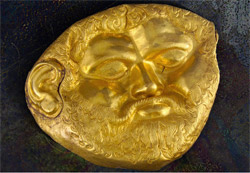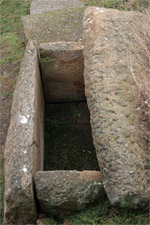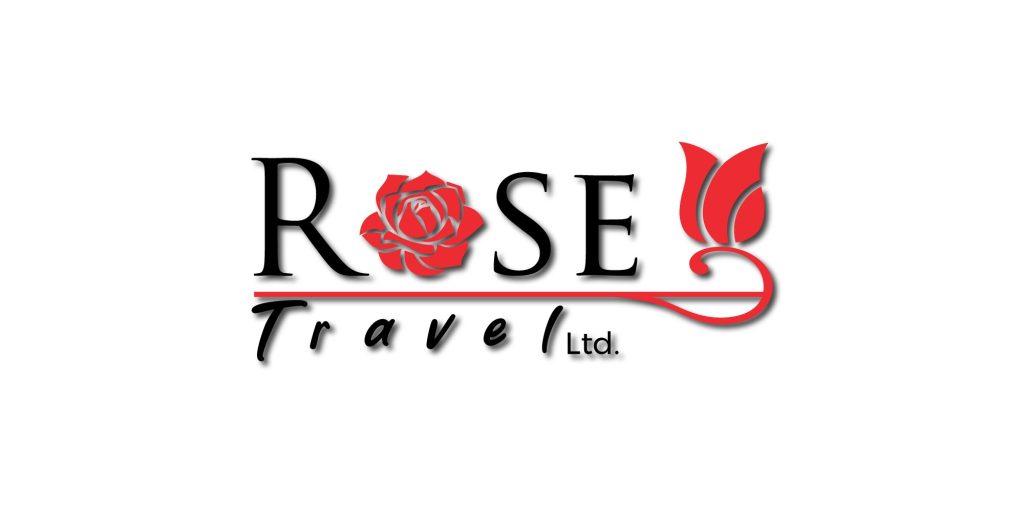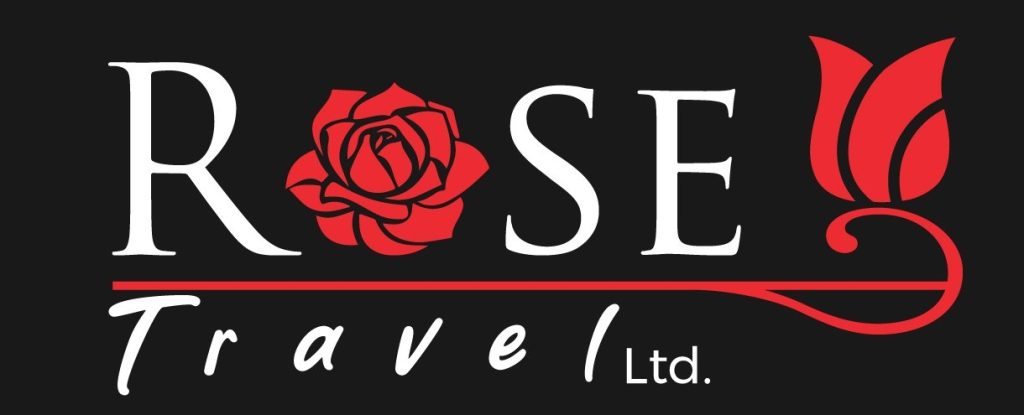Tomb of Sveshtitsa
Tomb of Sveshtitsa
It is located 8 km north of Kazanlak
In the 5th century BC a Thracian ruler was buried in the tomb. The most significant finds in the tomb are his golden mask – the only one found so far in the Thracian lands – and his signet ring.
The ruler was buried in full armour: armour, two swords, spearheads and many arrows.
The find is one of the richest not only in the Valley of the Thracian Rulers, but also in the whole of Bulgaria.
The ruler was buried in full armour: armour, two swords, spearheads and many arrows.
The find is one of the richest not only in the Valley of the Thracian Rulers, but also in the whole of Bulgaria.

On August 17, 2004, during archaeological excavations near the village of Krŭn, a brick-lined, undisturbed tomb with rich offerings was discovered. It is located in the southeastern part of the burial mound and is constructed with sandstone blocks in a deep excavation pit, oriented east to west. The interior walls of the tomb were partially painted in red and black, sacred colors for the Thracians. It is covered with six trapezoidal stone blocks, giving it the shape of a sarcophagus. Ceramic and metal offerings were attached to the walls of the tomb with iron nails/hooks. On the floor of the tomb, separate body parts of the deceased, such as fragments of the legs and head, were placed. This indicates that the deceased was a follower of Orpheus. Following the same tradition, around ten metal vessels were dismembered, including a silver cup resembling a phiale but with a flat bottom and two detached handles, as well as a bronze hydria ritually killed with a sharp object, adorned with multifoil rosettes on its two horizontal handles. The examination of the brick-lined tomb revealed that at least seven vessels had been placed inside, but their bodies were missing.

The most significant find in the grave is the golden mask – the only one so far in the Thracian lands. It is made of thick gold sheet and weighs 673 grams. The mask face has individual features. The original of the extremely popular mask is kept in the Archaeological Museum – Sofia, but its golden copy can be seen in the historical museum “Spark” in Kazanlak.
The ruler of “Svetitsa” was buried with an almost complete set of weapons – armor of bronze and iron, two iron swords, four iron spearheads and 144 arrows. Among the ceramic vessels placed as gifts, two vases with red figures stand out.
A unique gold signet ring was also placed in the grave. The deeply incised image on the tile represents a resting athlete.
The grave in the mound “Svetica” dates from the second half of the 5th century BC. and is one of the richest discovered not only in the Valley of the Thracian Rulers, but also in the whole of Bulgaria.
The ruler of “Svetitsa” was buried with an almost complete set of weapons – armor of bronze and iron, two iron swords, four iron spearheads and 144 arrows. Among the ceramic vessels placed as gifts, two vases with red figures stand out.
A unique gold signet ring was also placed in the grave. The deeply incised image on the tile represents a resting athlete.
The grave in the mound “Svetica” dates from the second half of the 5th century BC. and is one of the richest discovered not only in the Valley of the Thracian Rulers, but also in the whole of Bulgaria.


